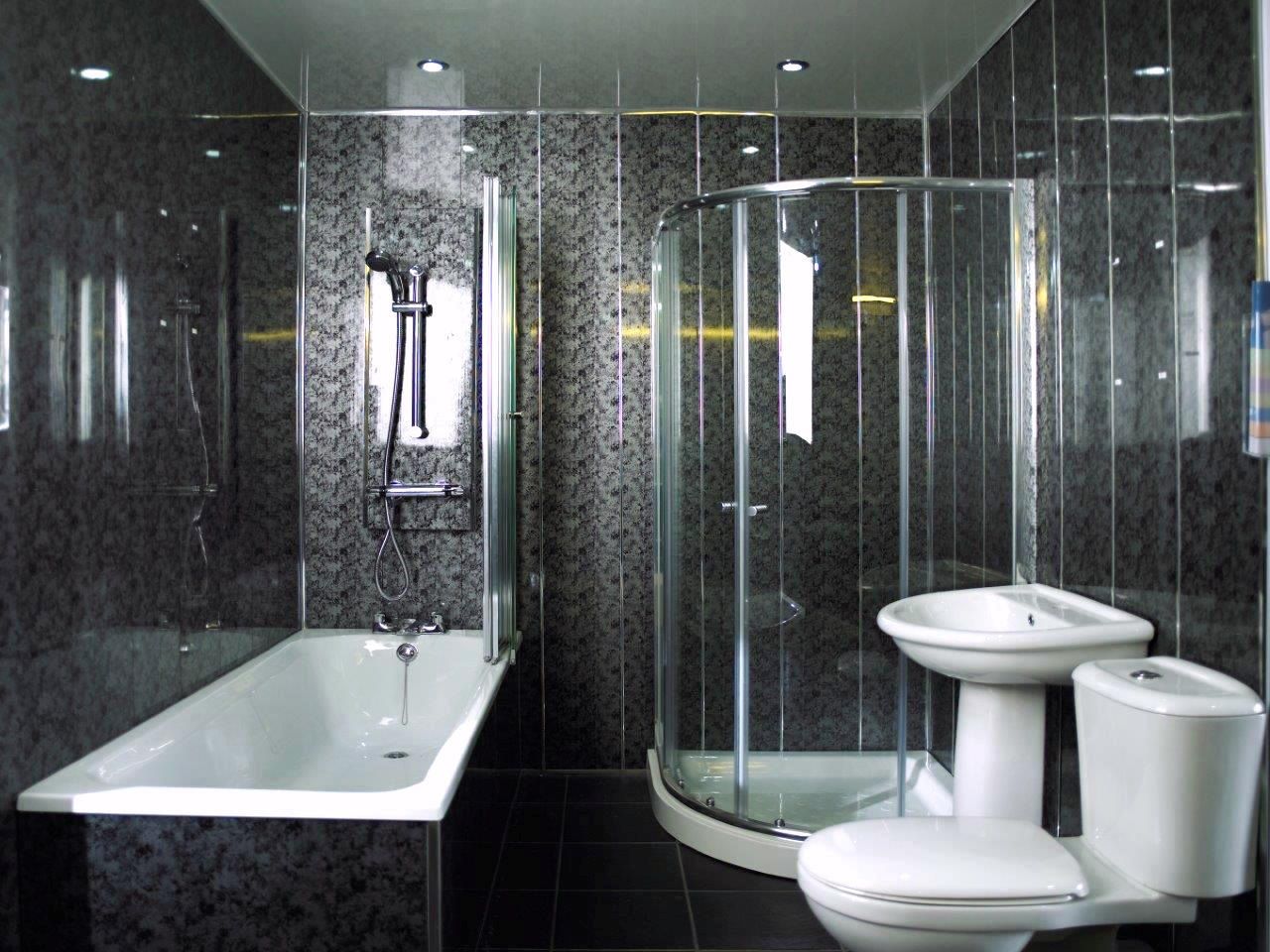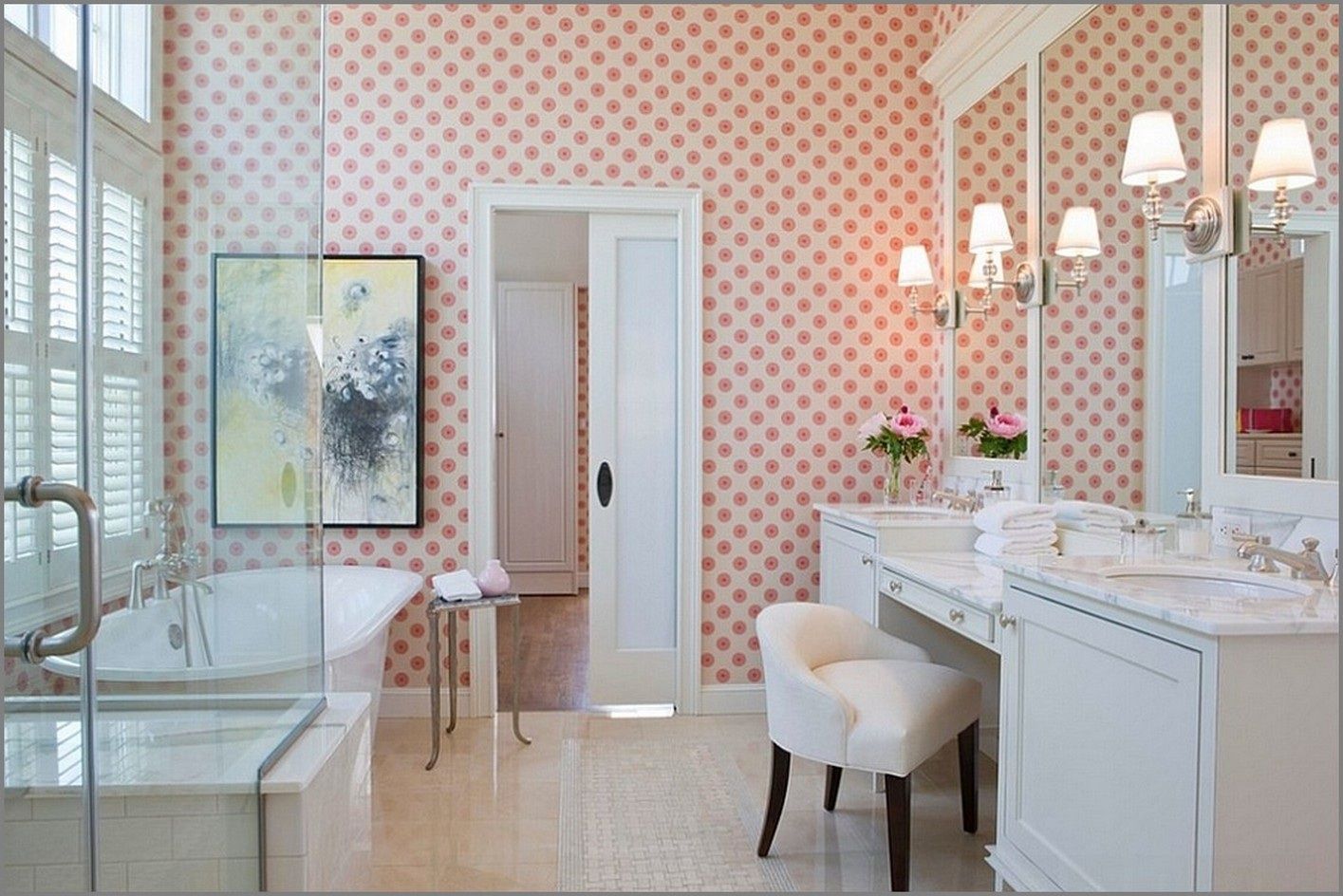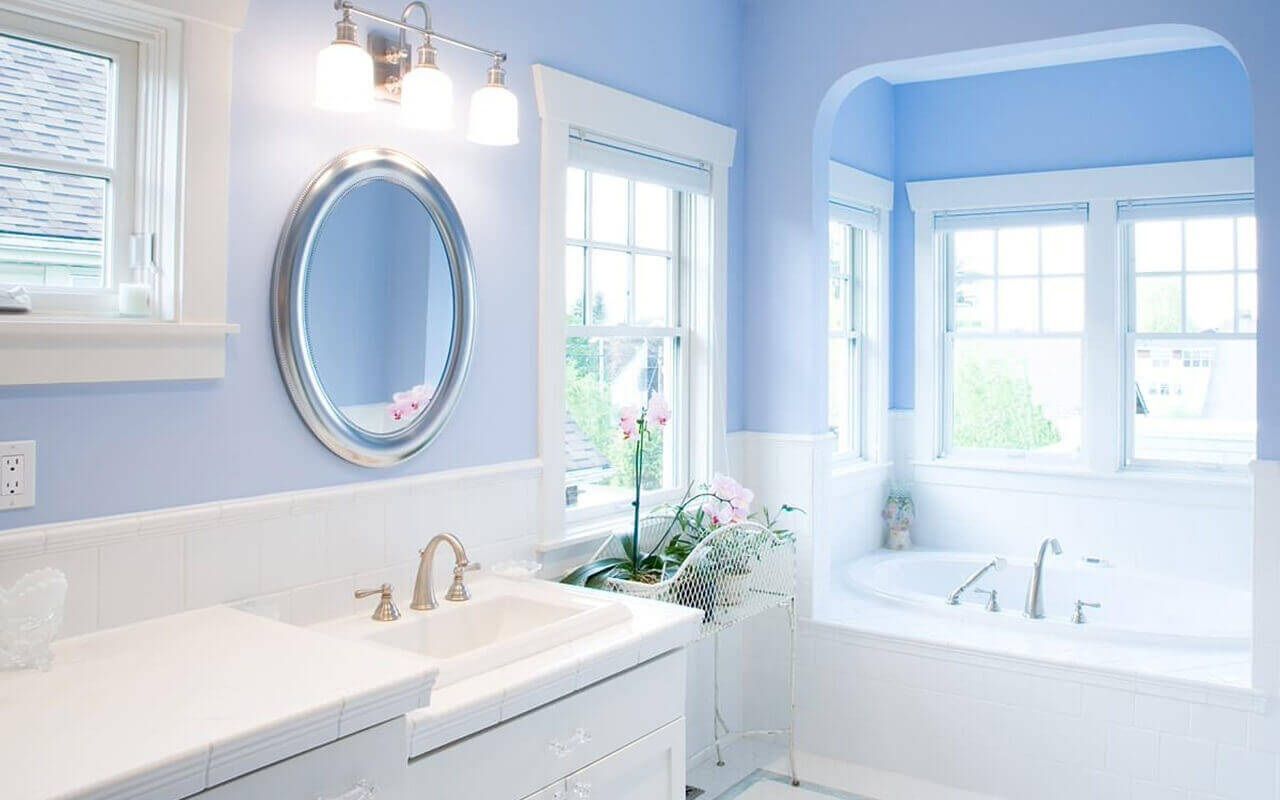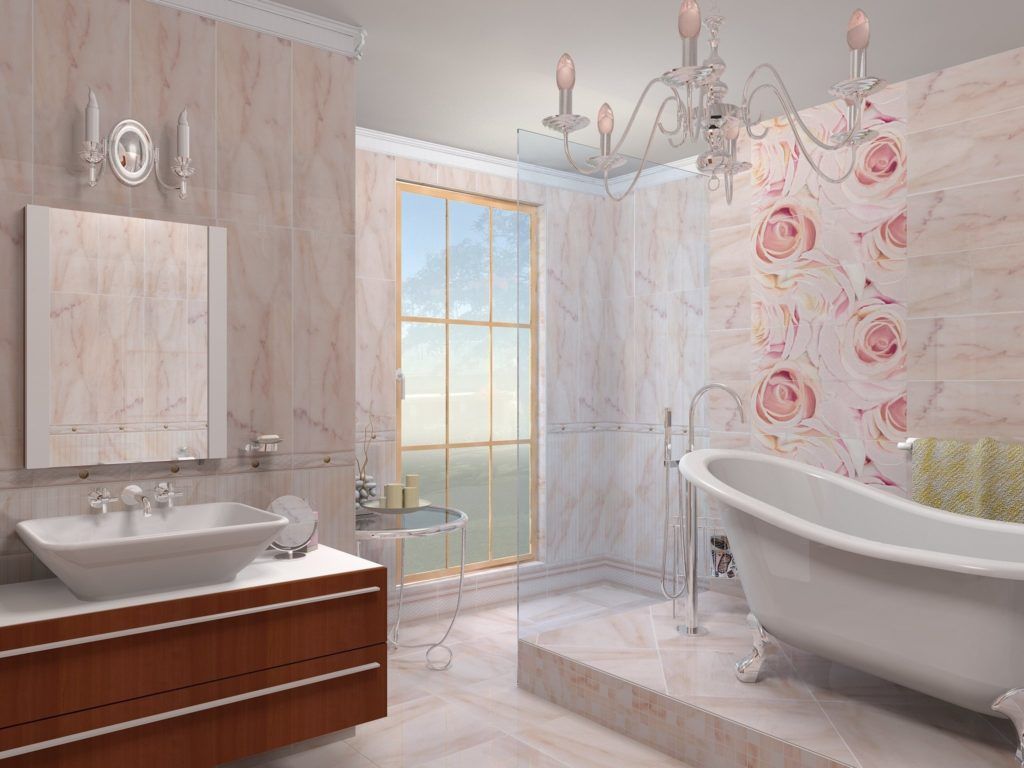Periodically, there is a desire to update the interior in each room, and then the question arises, what is the best way to finish the walls in the bathroom so that the renovation has an impressive effect for a long time. A variety of modern finishing materials gives many options for replacing the tiles in the bathroom and designing the bathroom in a stylish and cozy way. To obtain a noble, sophisticated appearance, it is not necessary to lay out significant funds - you can meet an acceptable budget with a thoughtful approach to choosing wall cladding in the bathroom.
Traditional tiling provides optimal water protection for floors and walls, but is time consuming, requires good practice and most likely a professional. It is easier to make repairs on your own if you determine how you can finish the walls instead of tiles in accordance with your capabilities and the availability of the necessary materials.
The very purpose of the bathroom suggests that the air here will be saturated with vapors of hot and cold water, and temperature fluctuations will be significant and frequent. Such conditions of daily use will quickly render wall, ceiling, floor cladding unusable if they do not have the appropriate characteristics for use in the bathroom.

One of the options for how you can do it to revet the bathroom without the risk of moisture damage is visible in the photo:
In addition to resistance to water and temperature, the bathroom wall cladding material must meet the following requirements:
- Mechanical strength. Ability to withstand accidental impact, point pressure, falling object.
- Chemical resistance. Synthetic detergents, abrasive cleaners, chlorine-containing products, cosmetic preparations can withstand not every material without consequences, so you need to take into account the specifics of cleaning this coating in advance.
- Environmental Safety. The climate in this room contributes to the washing out or evaporation of toxic components from all furnishings, therefore, at the stage of their selection, care must be taken to exclude from use materials that do not meet the safety conditions according to the manufacturer's labeling. Products containing polymer compounds intended for commercial use have higher strength and wear resistance, but they “gas” more because they are made for public places, and not for housing.
- aesthetic component. Renovation with the purest and most durable materials will not give a satisfactory result without a comfortable well-being in such an intimate place as the bathroom.
In sufficiently spacious rooms, it is possible to divide into zones, which, for a variety of perception, can be covered with materials of various types that have the above characteristics.
Available finishes
The style of decoration, the size of the room and the allotted budget will tell you how to finish the walls in the bathroom, except for tiles, so as not to carry out the next renovation for a long time.
The following materials have the necessary characteristics for the performance of work:
- plastic panels (PVC), siding;
- paint (waterproof);
- mosaic, porcelain stoneware, decorative plaster, glass block;
- fiberglass, vinyl wallpaper, self-adhesive film, oilcloth;
- linoleum;
- lining, panels made of wood, MDF, chipboard.
These materials are presented in such a wide range of colors, patterns, textures that they allow you to reproduce any style, colorfully and artistically decorate each part of the surface of the room.
Wallpaper
Paper options will not fit unequivocally, but non-woven vinyl or acrylic products make it possible to quickly and fairly steadily cover walls that do not directly fall on water.
Manufacturers put the appropriate marking on the roll:
![]()
Different types of such rolled coating have their own characteristics:
- Waterproof vinyl wallpapers have a front layer that prevents moisture from penetrating under them. This film can be foamed for volume, embossed or smooth.
- Acrylic canvases have similar properties, the only difference is in the top covering layer (acrylic instead of vinyl). The thickness of acrylic wallpaper is less than vinyl counterparts, which reduces the rate of moisture resistance and wear resistance.
- Fiberglass wallpapers are completely resistant to water and give a reinforcing effect to the walls. They are available in smooth textures or with fine embossing. Decorative properties are given to them by paint applied after gluing.
- Liquid seamless wallpaper. They are a mixture of various fibers (cotton, silk, cellulose) with quartz chips, adhesives and coloring pigments. This type of material is not sufficiently moisture resistant, it needs additional protection with a primer and a colorless transparent varnish.
- Self-adhesive. Seeming at first glance, the simplicity of gluing this film on the walls with glue already applied is compensated by the care and patience in the performance of work. To finish, you need a perfectly even base, without the slightest roughness and bends. Mirror grades of film or thicker plastic panels are popular.
- Wallpaper. The original design of the walls in the bathroom with good ventilation and splash screens from the shower.
Oilcloth refers to quick, temporary solutions for replacing tiles on walls, more like a desire to cover up bare surfaces. Rather, it is permissible to use it as separate or interchangeable decorative elements.

An example of a design solution in the bathroom using wallpaper is visible in the photo:
For moisture-resistant wallpaper, it is necessary to choose adhesives that are appropriate for the operating conditions. GWP boards and acrylic plaster are suitable as a base.
Paints
A budget-friendly and creative alternative to bathroom tiles is resin-based paint. Oil compositions are absolutely vapor-tight and therefore short-lived (peel).
The characteristics of the coloring composition for the bathroom can be found on the example of acrylic paint:

You need to purchase moisture-resistant brands of acrylic, silicone or latex paint. In addition, the acrylic composition has fungicides in the formulation to prevent the development of mold, as well as an antibacterial component from the pathogenic flora in the room.

The paint makes it possible to obtain the desired shades and saturation of colors in a room of any layout.
The paint creates seamless protective coatings for walls of any complexity. Work can be done without assistants at any pace. Changing the appearance of this coating is achieved quickly with a brush and paint of a different color.
Panels
The high performance of PVC plastic bathroom panels during installation has made them a popular alternative to wall tiles. A variety of colors and textures makes it difficult to choose which material to imitate - how to sheathe it with marble or rare wood.

On PVC panels, not only the texture of natural materials is applied, but also whole pictures, large-format patterns. A sample of romantic design is visible in the photo:
Plastic slats can perfectly lay out the shower. This has no effect on the appearance and duration of the service life.
Mount plastic in the bathroom or toilet in 2 ways:
- on a wooden or metal frame;
- glued on liquid nails.
With a complex unprepared surface, it is advisable to use method 1. The frame of a wooden beam is treated with an antiseptic composition.
The purchased material must have a quality certificate. Then the finished surface will last a long time and will not affect the health of the owners.
Interesting information about the possibility of using wood-based finishing materials for bathroom cladding in this video:
